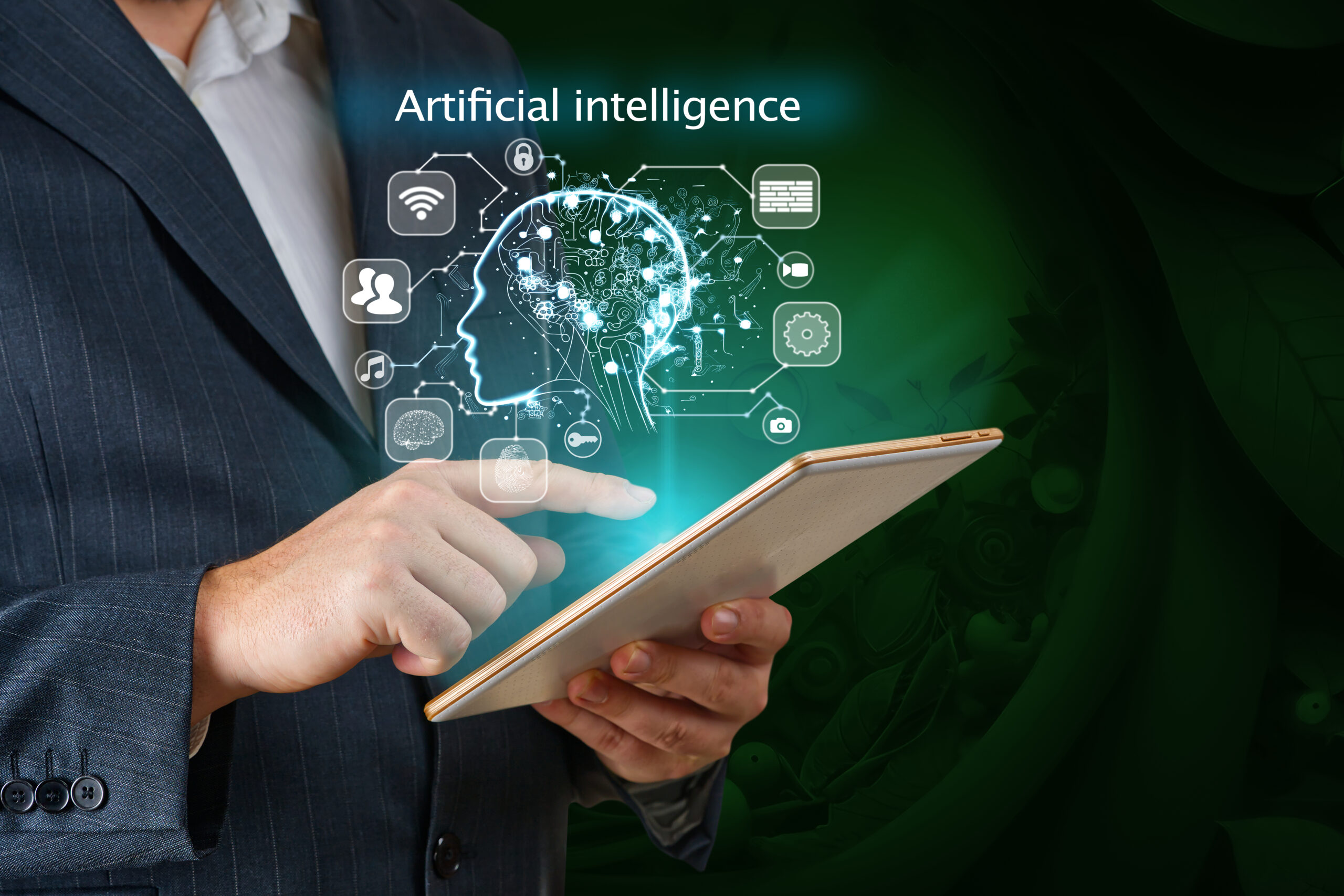Artificial Intelligence (AI) is no longer a realm confined to science fiction; it has seamlessly woven into our daily lives. From the friendly voice of Siri or Alexa to personalized recommendations on our favorite shopping websites, AI plays an integral role in shaping our interactions with technology and the world. However, for many, the concept of “Artificial Intelligence” remains enigmatic. In this introductory guide, we embark on a journey to unravel the mysteries of AI, exploring its fundamental principles, applications, and potential implications for our future.
Understanding Artificial Intelligence
In its essence, Artificial Intelligence refers to the emulation of human intelligence in machines, empowering them to think, learn, and solve problems akin to humans. AI aims to create computer systems with the capacity to perform tasks that traditionally require human intelligence, encompassing activities like comprehending language, identifying patterns, making decisions, and adjusting to novel circumstances.

Categories of AI: Narrow vs. General
AI can be broadly categorized into Narrow AI and General AI.
1] Narrow AI: Also known as Weak AI, Narrow AI is designed to excel in specific tasks and operates within a defined scope. Examples include virtual assistants, image and speech recognition systems, and recommendation algorithms employed by e-commerce platforms.
2] General AI: Also referred to as Strong AI or Artificial General Intelligence (AGI), General AI envisions a theoretical AI system with human-like abilities, capable of comprehending, learning, and applying knowledge across a wide array of tasks. While General AI is a subject of active research, it is yet to be realized.
Machine Learning: The Core Engine of AI
Machine Learning (ML) emerges as a crucial subset of AI that has gained immense popularity in recent years. ML equips AI systems with the ability to learn from data and refine their performance without explicit programming. ML algorithms empower computers to discern patterns, make predictions, and derive insights from extensive datasets.
Three primary types of Machine Learning are as follows:
1. Supervised Learning: In this approach, the algorithm is trained on labeled data, where input data and corresponding outputs are provided. The algorithm learns to map inputs to correct outputs, enabling it to make predictions when confronted with novel, unseen data.
2. Unsupervised Learning: Unsupervised learning entails training algorithms on unlabeled data to identify inherent patterns or structures within the dataset. Unlike supervised learning, there are no specific output labels for the algorithm to learn from.
3. Reinforcement Learning: Reinforcement learning involves an agent interacting with an environment and learning to take actions that maximize rewards over time. Feedback in the form of rewards or penalties guides the algorithm to learn the optimal strategy.

Real-World Applications of AI
AI’s practical applications span diverse industries, profoundly impacting our lifestyles and work environments. Noteworthy real-world applications include:
a] Natural Language Processing (NLP): NLP enables machines to comprehend, interpret, and generate human language. Virtual assistants like Google Assistant and chatbots rely on NLP to engage in human-like conversations and provide relevant information.
b] Computer Vision: Computer vision technology empowers machines to understand and interpret visual information from the world. Facial recognition systems, autonomous vehicles, and medical image analysis are prominent examples of computer vision applications.
c] Recommendation Systems: Leveraging AI-powered recommendation algorithms, platforms personalize content, products, or services based on user behavior and preferences. Streaming services like Netflix and e-commerce giants like Amazon extensively utilize recommendation systems.
d] Healthcare: AI revolutionizes the healthcare sector through applications such as medical image analysis, disease diagnosis, outcome prediction, and personalized treatment plans.

Ethical Considerations in AI
As AI evolves, ethical considerations become paramount to safeguard against potential harms and biases. Key ethical considerations in AI include:
i] Transparency and Explainability: AI algorithms should be transparent, and their decision-making processes should be comprehensible to avoid the “black box” problem, where AI decisions remain inscrutable to humans.
ii] Bias and Fairness: AI systems can inherit biases from training data, resulting in discriminatory outcomes. Ensuring fairness and mitigating bias are crucial to building inclusive and equitable AI systems.
iii] Privacy and Security: As AI processes vast amounts of personal data, preserving privacy and ensuring data security become critical concerns.
The Future of AI: Prospects and Challenges
The future of AI holds vast potential for transformative advancements across various domains. From medical breakthroughs to the revolution of transportation through autonomous vehicles, the possibilities are limitless. However, along with prospects come challenges:
1] Job Displacement: AI-driven automation may lead to job displacement in certain industries, necessitating the acquisition of new skills and workforce retraining.
2] AI Safety: Ensuring AI systems remain safe and pose no threats to humanity is of utmost importance. Researchers and policymakers actively explore ways to establish robust AI safety protocols.
3] Regulation and Governance: As AI technologies permeate society, regulatory frameworks must govern their development and deployment.

Conclusion
In this beginner’s guide to Artificial Intelligence, we’ve embarked on a journey to understand the core concepts, applications, and potential implications of AI in our lives. From its theoretical origins to its current integration across diverse industries, AI has made remarkable progress. Responsible development, ethical considerations, and collaborative efforts among researchers, policymakers, and stakeholders will optimize AI’s potential in our ever-evolving world. Artificial Intelligence is more than just technology; it embodies progress and innovation, shaping our future and interactions with the world around us.

